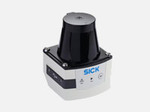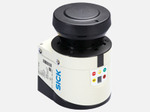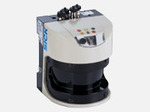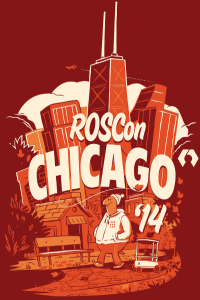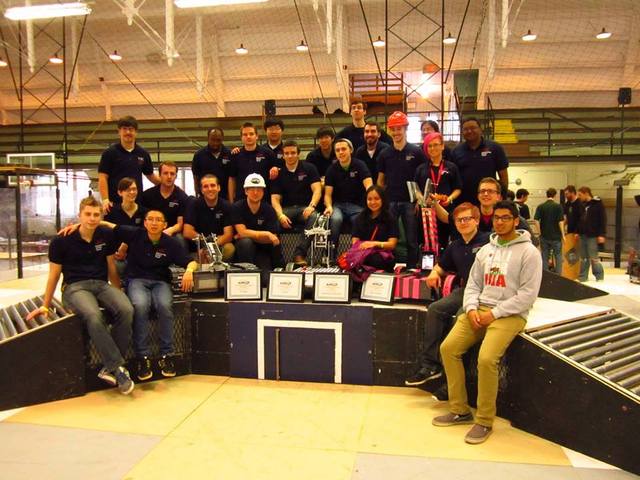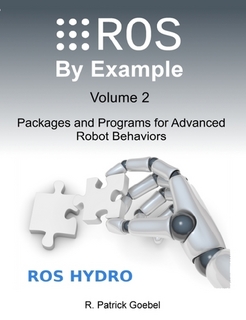From Adam Little via ros-users@
Link to the job offer
Job Summary
|
Under
supervision of the Researcher (Principle, Sr, or Researcher),
designs, develops, and installs software solutions in
areas such as computer vision, sensor fusion, machine learning,
object tracking, motion planning and human-machine interaction
within 3 primary fields of focus:
1.
Autonomous Driving
2.
Connected Mobility Services
3.
Human-Machine Interfaces
|
Job Functions
The following
job function statements describe the general nature and level of work
being performed. They are not to be construed as an exhaustive list
of all responsibilities, duties and skills required of personnel so
classified. The job function statements reflect expectations of the
fully trained, proficient incumbent who meets all performance
criteria.
|
1. Writes
computer language code for one more of the following: 1) to
control or improve autonomous vehicle operation; 2) to connect
vehicles to other technology (smartphones, the cloud, other cars,
and traffic infrastructure, etc.).
2. Collaborates
in depth with other Silicon Valley Partners and seeks to
understand integrate advanced technologies, ideas, and trends.
3. Determines
operational feasibility by evaluating analysis, problem
definition, requirements, solution development, and proposed
solutions.
4. Documents
and demonstrates solutions by developing documentation,
flowcharts, layouts, diagrams, charts, code comments and clear
code.
5. Improves
operations by conducting systems analysis; recommending changes in
policies and procedures.
6. Updates
job knowledge by studying state-of-the-art development tools,
programming techniques, and computing equipment; participating in
educational opportunities; reading professional publications;
maintaining personal networks; participating in professional
organizations.
7. Implements
advanced algorithms from the robotics and artificial intelligence
domains. Develops software solutions by studying information
needs; conferring with users; studying systems flow, data usage,
and work processes; investigating problem areas; following the
software development lifecycle.
8. Protects
operations by keeping information confidential.
9. Pushes
relentlessly to make the research Nissan Research team among the
most advanced and well respected teams in the world. As
necessary, performs other related duties of which the above are
representative.
|
Minimum
Qualifications
The
following qualification statements reflect the minimum skills and
abilities required of the qualified applicant.
Job
Knowledge and Skills:
Thorough knowledge of software
development/engineering.
Ability
to interpret technical contract requirements.
Proficiency
using programming languages such as 'C++; Python, Java, Maltlab,
graphics or other developmental software are helpful.
Ability
to develop software in a UNIX, LINUX, SVN/Mercurial/git, Integrated
Development Environments (IDEs) or other PC environment.
Thorough
knowledge of ROS, Boost, and Qt are preferred. Ability to
effectively communicate verbally and in writing, interface with
customers, subcontractors, and vendors. Ability to solve complex and
difficult software problems.
Experience:
At
least 4 years of relevant experience with BS degree; with MS degree,
will consider related research or graduate level class projects
related to Nissan Research Center-SV scope.
Supervisory
Experience: None required.
Project leadership preferred.
Education:
BS Computer Science; MS
Computer Science preferred
Computer
Skills: In addition to job
knowledge and skills listed above, general knowledge of standard
office applications required.
Physical
Requirements
The
physical requirements described below are representative of those an
employee must normally meet to successfully perform the essential
functions of this job. Reasonable accommodations may be made to
enable otherwise qualified individuals with disabilities to perform
the essential job functions.
Travel:
Occasional
day or overnight travel







